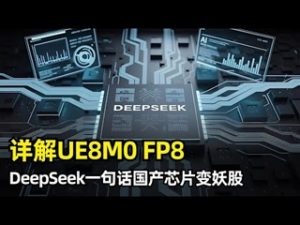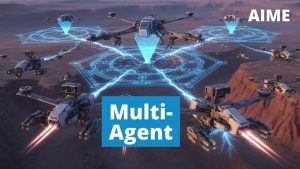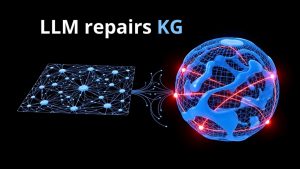Huawei has officially unveiled the world’s first ternary logic chip
**Huawei's Ternary Logic Chip: Revolutionary Computing Breakthrough** Huawei has unveiled the world's first ternary logic chip, utilizing three states (-1, 0, +1) instead of binary's two-state system. This breakthrough achieves 40% fewer transistors and 60% power reduction through innovative CNTFET technology and quantum state isolated gate architecture. Applications span AI data centers, autonomous vehicles, and machine learning, with dramatic cost savings—reducing autonomous driving computation costs by 67%. Successfully solving challenges that defeated Soviet scientists in 1958, this paradigm shift could revolutionize global computing architecture.












